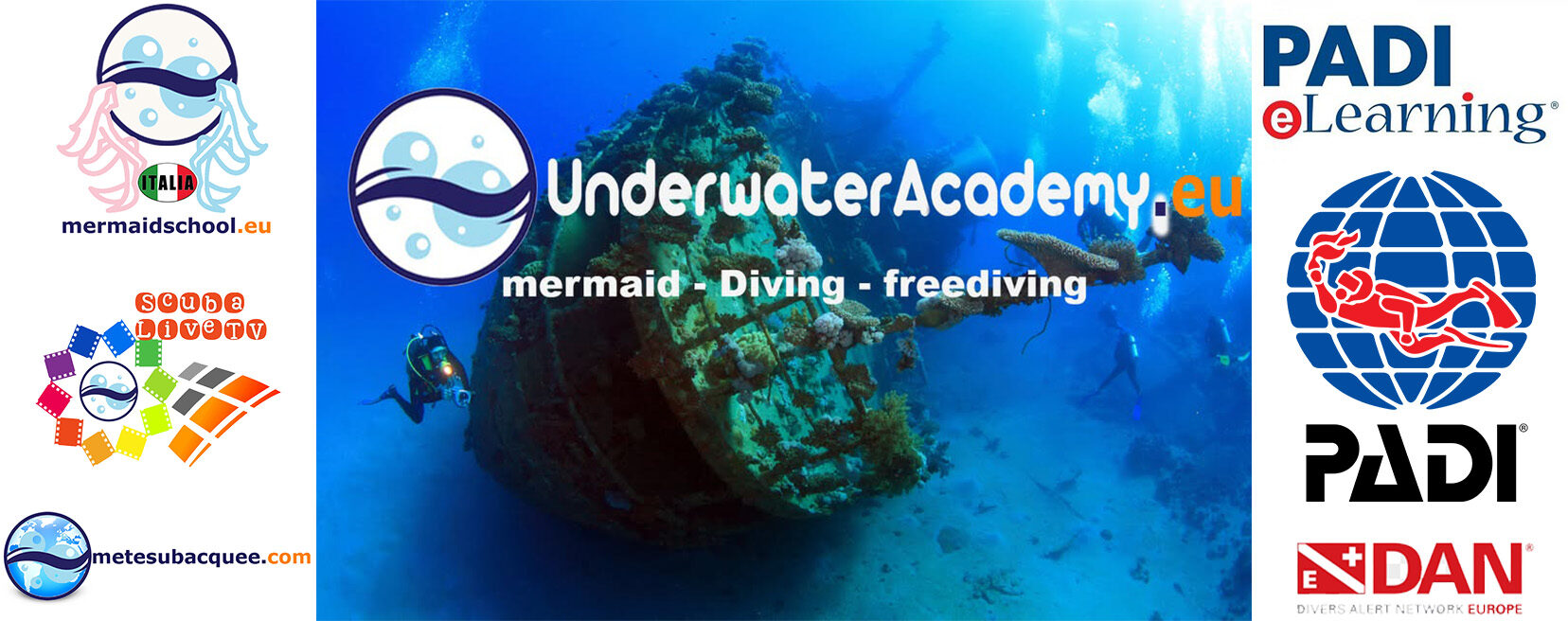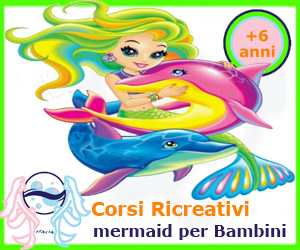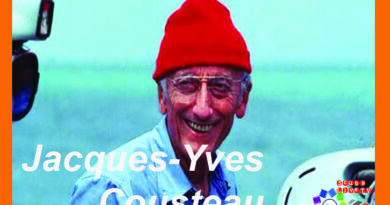The First Scientific Dives: How Diving Transformed Our View of the Oceans
|| ScubaLiveTV || Insights || Actuality || Interviews || TV Web || History || Scuba Diving || Freediving || Video collection || Nature and Environment || Collaborate with us ||
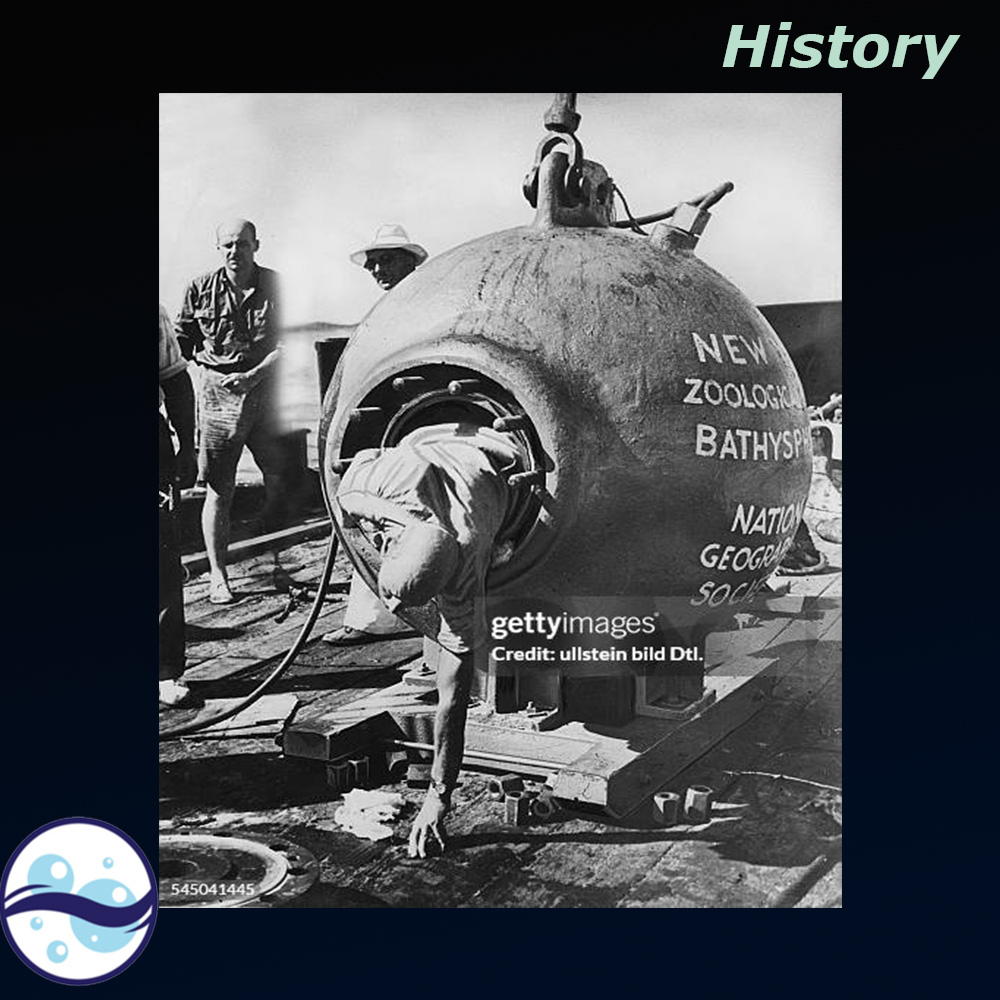
The First Scientific Dives: How Diving Transformed Our View of the Oceans
Hey, have you ever imagined what it would be like to plunge into the ocean’s depths, where it’s completely dark and every shadow hides a surprise? Well, the pioneers of scientific diving did just that, and not just for curiosity’s sake, but to fling open a window onto a world that seemed unreachable. Today, I’m taking you along on a journey beneath the waves to uncover how the first scientific dives revolutionized what we know about the oceans. Get ready: we’re talking bathyspheres, bathyscaphes, and scientist-adventurers who paved the way for modern oceanography!
Where It All Began
Picture a time when the oceans were a complete mystery, kind of like outer space today. Thousands of years ago, free divers or folks using rudimentary diving bells went after treasures or food, but no one was thinking about studying the sea like a laboratory. Then, in the 19th century, curiosity took over. The Industrial Revolution brought new technologies, and people started wondering: what’s down there, beyond the first few meters of water?
A pivotal moment was the HMS Challenger expedition, from 1872 to 1876. This British ship roamed the world for four years, hauling up all sorts of samples from the deep with nets and dredges. There weren’t proper dives yet, but their data proved life exists even in the darkest depths. It was like discovering a new planet! Those samples—thousands of unknown species—became the foundation of oceanography.
William Beebe: The Abyss Adventurer
Now let me introduce you to an incredible guy: William Beebe, an American naturalist with a passion for adventure. In the 1930s, he teamed up with engineer Otis Barton to build the bathysphere, a kind of steel sphere about the size of a phone booth, with thick portholes and a cable tethering it to a ship. Not exactly comfy, but enough to change everything. In 1934, off the coast of Bermuda, Beebe and Barton descended to 923 meters—a mind-blowing record for the time! Imagine being inside, peering out as glowing fish zip by like shooting stars and strange creatures drift in the dark. Beebe described it all with such excitement, like he was in a sci-fi movie: “A new creation,” he said. His observations showed that the abyss wasn’t barren but teeming with life—fish, jellyfish, beings that looked like they came from a dream. He was the first to see these things with his own eyes, not through a net!
- Children’s Program and 1st Level Mermaid Junior Course
- Mermaid Junior 2nd Level Course
- 1st level memaid course for adults
The Leap Forward: Bathyscaphes
The bathysphere was awesome, but it was tied to a cable. In the 1940s, Auguste Piccard, a Swiss physicist with a head full of ideas, changed the game with the bathyscaphe, a vehicle that could move freely underwater. Think of it as a lightweight submarine, with a pressurized cabin and gasoline tanks for buoyancy. With the FNRS-2, Piccard opened the door to deeper, independent dives.
The real showstopper came in 1960 with the bathyscaphe Trieste, piloted by Jacques Piccard (Auguste’s son) and Don Walsh. These two dove—literally—into the Mariana Trench, reaching 10,911 meters, the deepest point on the planet. Five hours of descent, and what did they find? Not a desert, but flatfish swimming calmly on the bottom! That mission proved life can exist anywhere, even under tons of pressure.
And guess what? There’s a bit of Italy in this story. In 1948, Italian inventor Pietro Vassena took his bathyscaphe C3 to 412 meters in Lake Como, a feat even the US Navy recognized as the “first submarine for peaceful scientific research.” Pretty cool, right?
Why It All Matters
These dives weren’t just Guinness World Record stunts. They changed how we see the oceans. Before, we thought the abyss was empty; now we know it hosts more than half of Earth’s biodiversity. Beebe’s observations helped us understand how marine food chains work, while Piccard’s data paved the way for studies on underwater volcanoes and extreme microbes—stuff that’s even helping us imagine life on other planets today!
And that’s not all: the ocean currents uncovered through these missions are crucial for predicting climate patterns. Today, projects like Seabed 2030, which aims to map all ocean floors by 2030, build on those early explorations. But there’s a bitter side: plastics and acidification are threatening these ecosystems we’ve only just started to know.
An Invitation to Dive In
The stories of Beebe, Piccard, and other pioneers remind us of one thing: the oceans are a world to explore, and every dive brings new surprises. They turned a mystery into science, and now it’s our turn to keep going. Whether you’re a diver, a scientist, or just curious, the oceans still have so much to tell us. Maybe the next big discovery will be yours! Ready to dive in?
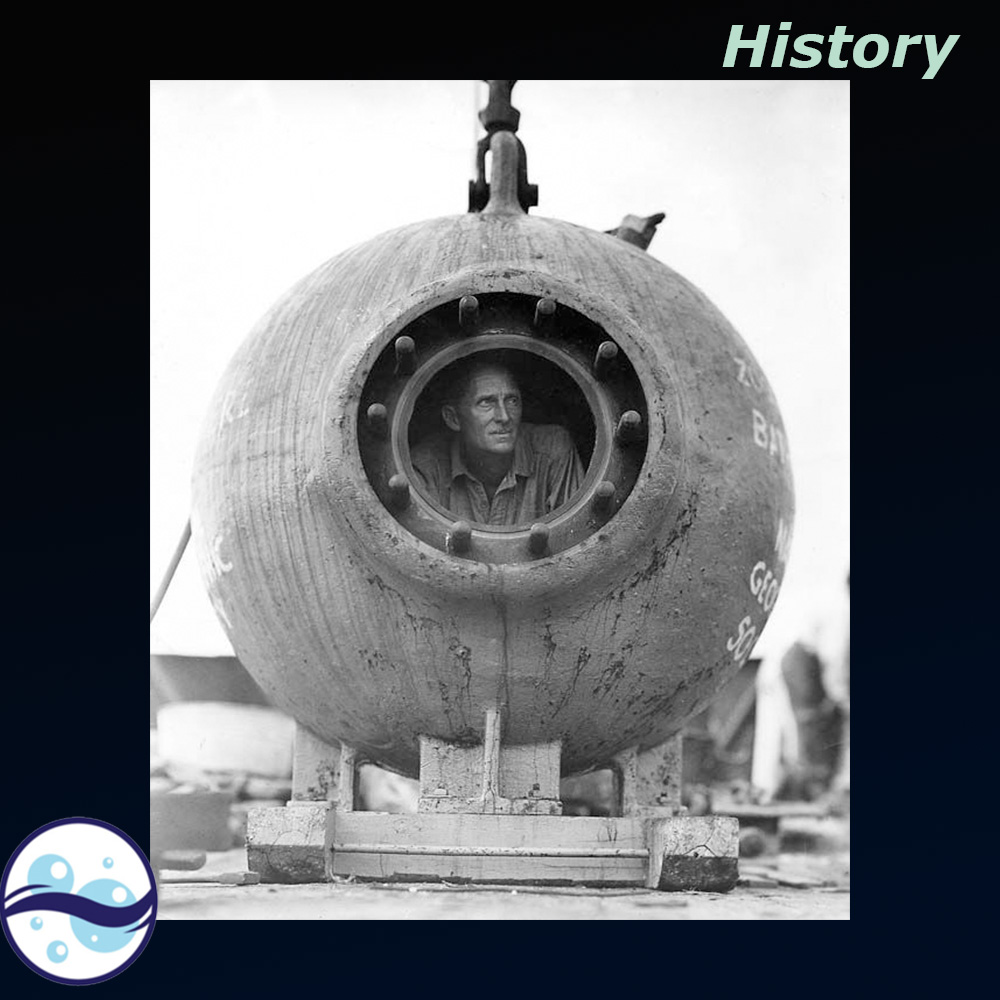
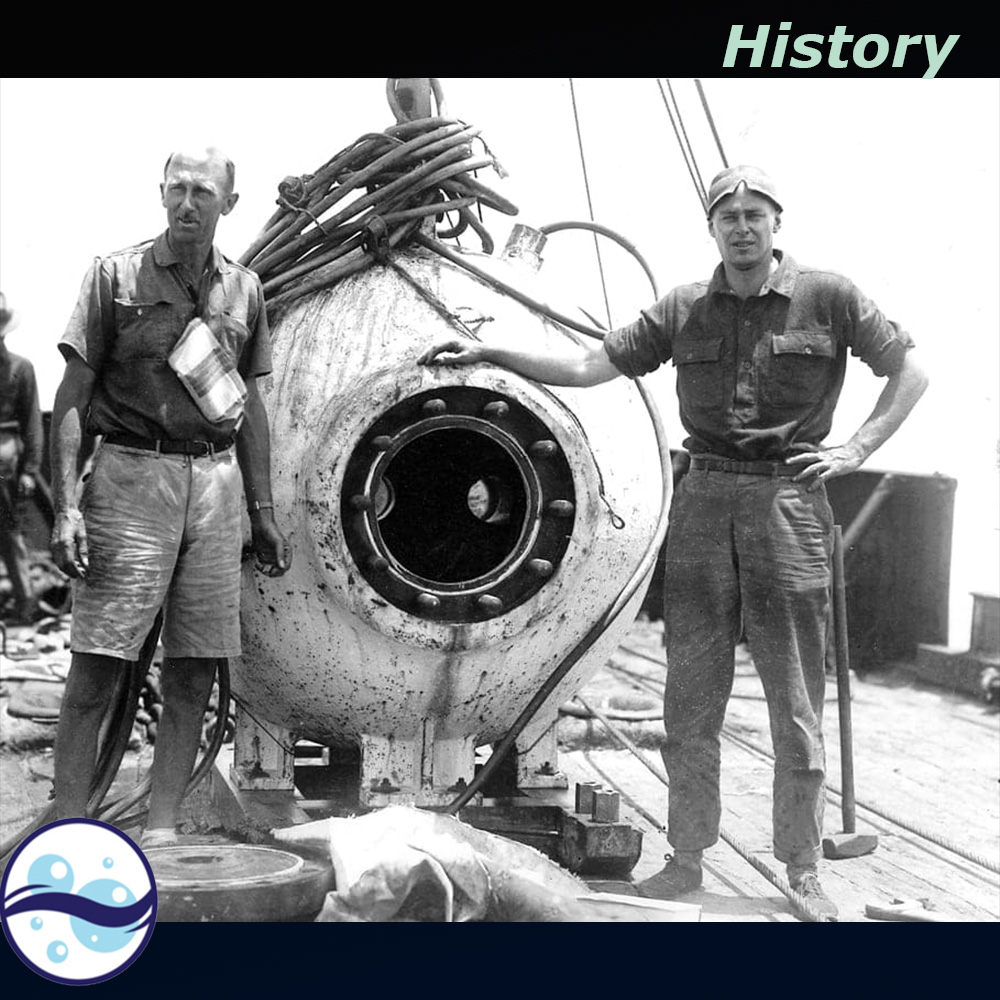
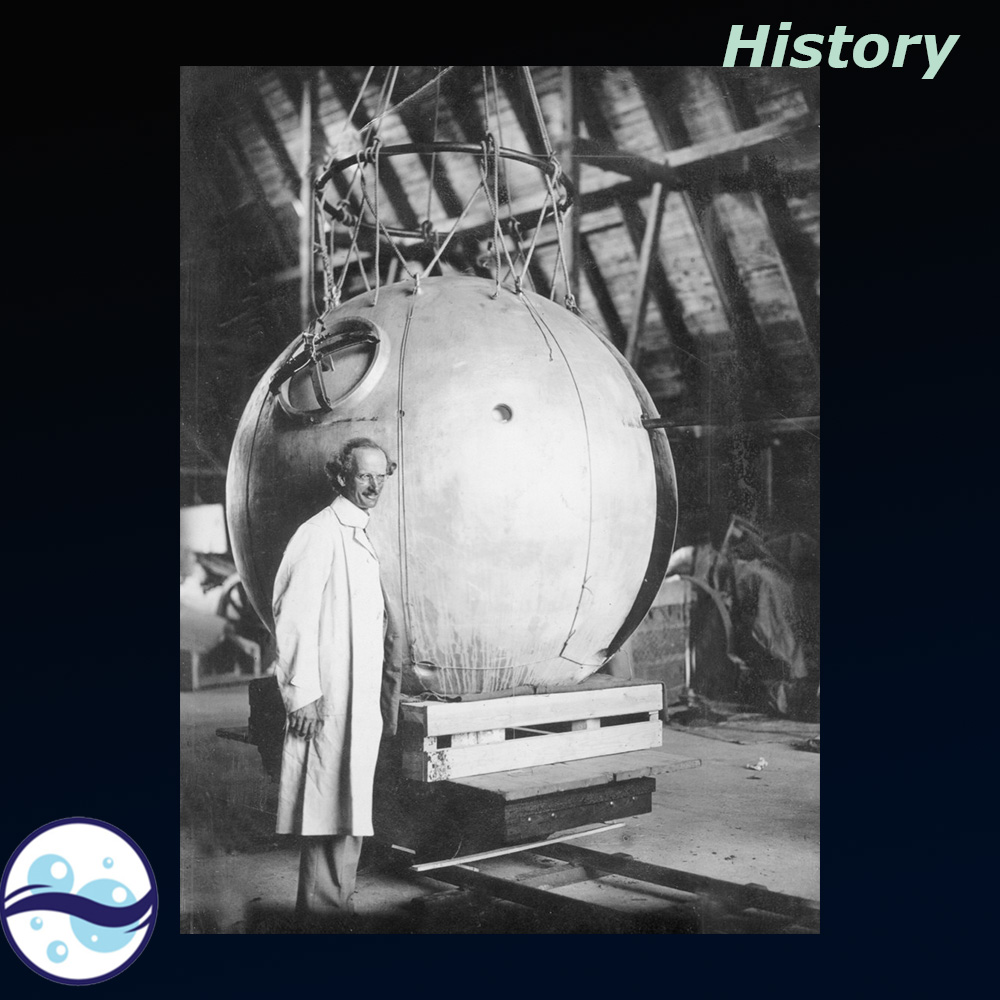
- Divemaster PADIDescription: The PADI Divemaster course organized by Underwater Academy is a pivotal step for those pursuing a career in the diving industry. Through this advanced program, students acquire specialized skills
- EFR Instructor PADIThe PADI Emergency First Response Instructor certification ensures confidence in one’s ability to respond effectively and is recognized and appreciated by the diving community and instructors. Sharing acquired knowledge and
- PADI Public Safety DiverIf you have the opportunity to work with local authorities and be part of an underwater rescue team, conduct search and recovery dives, or even participate in underwater criminal investigations,
